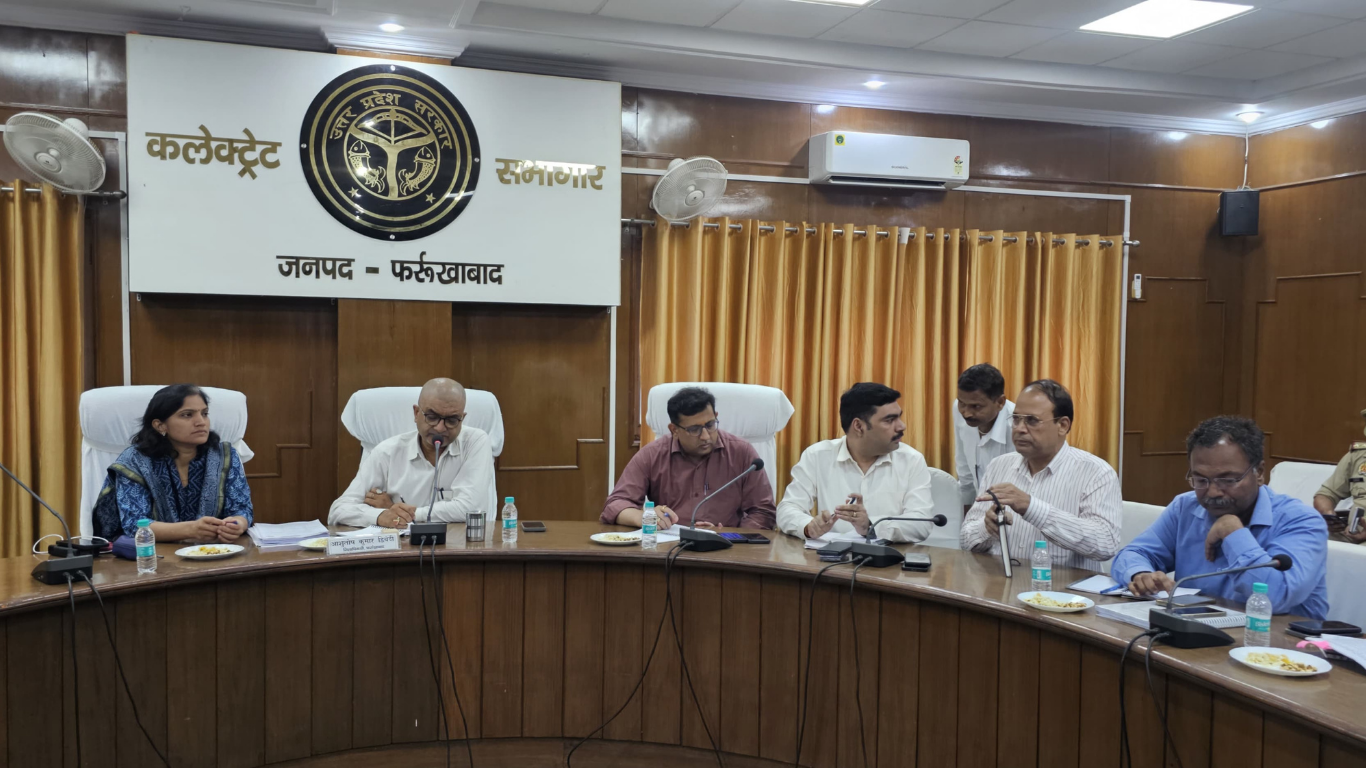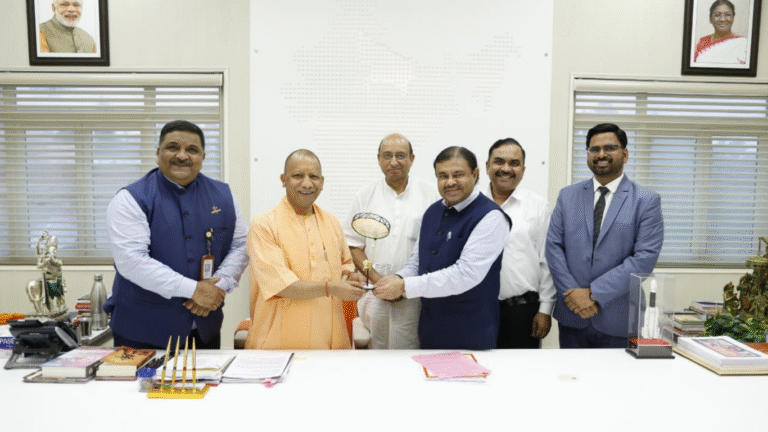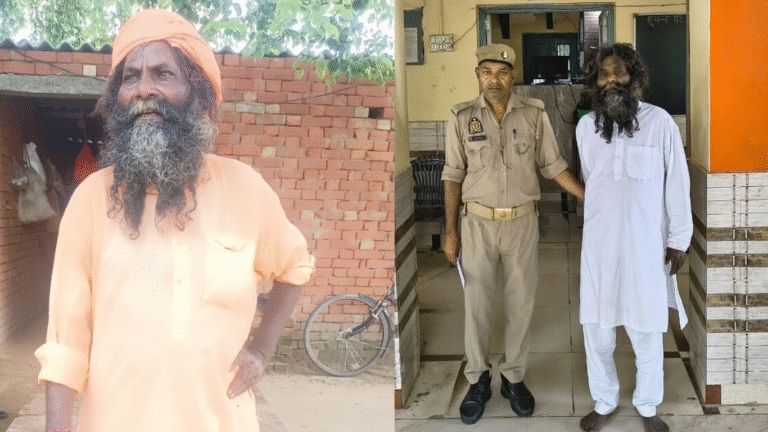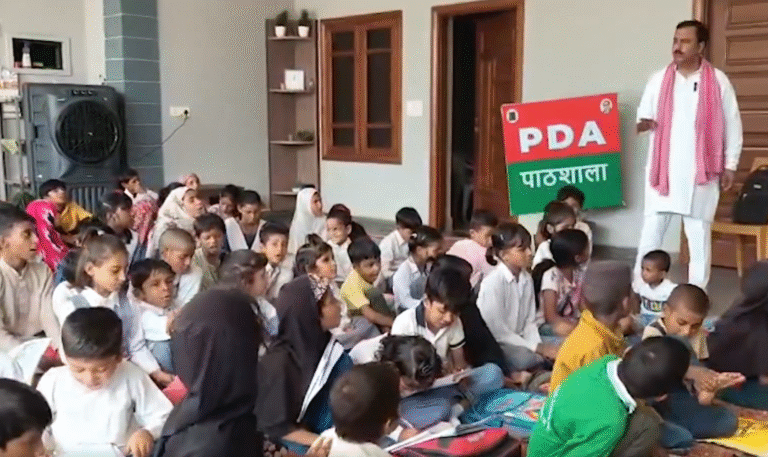
Farrukhabad, a vibrant city in Uttar Pradesh, is a place where history, culture, and natural beauty come together. Nestled along the banks of the Ganges River, this city, often paired with its twin, Fatehgarh, is known for its rich heritage, agricultural prowess, and unique traditions. Whether you’re a history buff, a culture enthusiast, or just curious about this lesser-known destination, Farrukhabad has something special to offer. Let’s explore its story, geography, economy, people, attractions, politics, and more to uncover what makes this city so unique.
A Glimpse into Farrukhabad’s History
Farrukhabad’s history stretches back to ancient times, with roots in the Mahabharata era. The region was once part of the Panchala kingdom, and the city of Kampilya, now Kampil, was where Draupadi’s famous swayamvara took place, a pivotal moment in the epic. Archaeological finds, like Bronze Age tools and stone statues at Sankisa and Kampil, hint at its ancient significance. The modern city was founded in 1714 by Nawab Muhammad Khan Bangash, who named it after Mughal emperor Farrukhsiyar. Fatehgarh, its twin city, got its name from an old fort established by Behlol Lodhi in 1478 to honor his son Fateh Khan.
During the British era, Fatehgarh became a key military station, housing regiments and a gun carriage factory by 1818. The region also played a role in India’s freedom struggle, with local leaders contributing to the fight against colonial rule. Farrukhabad’s historical tapestry is woven with Vedic traditions, Mughal influences, and colonial footprints, making it a fascinating spot for history lovers. Today, places like the Rameshwarnath Mahadev Temple, linked to Lord Rama’s brother Shatrughana, keep these ancient stories alive.
Geography: Where Rivers Shape the Land
Farrukhabad lies in the fertile Doab region, the land between the Ganges and Ramganga rivers, with the Kali Nadi to the south. Located at 27.37°N latitude and 79.63°E longitude, the district spans 2,279 square kilometers and sits 138-159 meters above sea level. Its flat, alluvial plains make it ideal for farming, earning it the nickname “Potato City” for its massive potato production. The district borders Badaun and Shahjahanpur to the north, Hardoi to the east, Kannauj to the south, and Etah and Mainpuri to the west.
The Ganges River, a lifeline for the region, not only supports agriculture but also holds spiritual significance, drawing pilgrims and visitors. The climate here is typical of northern India—hot summers, mild winters, and a monsoon season that nourishes the fields. Farrukhabad’s strategic location, about 183 miles from Delhi and 130 miles from Lucknow, makes it accessible yet peacefully tucked away from the chaos of bigger cities. Its natural beauty, with riverbanks and green fields, adds to its charm.
Economy: The Heartbeat of Farrukhabad
Farrukhabad’s economy thrives on agriculture and traditional craftsmanship. The district is a powerhouse for potato farming, supplying a significant chunk of Uttar Pradesh’s crop. Other key crops include wheat, sugarcane, mustard, and sunflowers, grown on the region’s fertile lands. Beyond farming, Farrukhabad is famous for its zardozi embroidery, a delicate art form where artisans stitch intricate gold and silver thread patterns onto fabric. Around 175,000 skilled workers are involved in this industry, with 360 registered zardozi units exporting to Europe, North America, and the Middle East.
The city’s textile industry also shines, with Farrukhabad Prints earning a Geographical Indication (GI) tag for their unique handcrafted designs. In recent years, the government has proposed a textile park to boost local jobs and promote this craft globally. Small-scale industries, like cotton and silk textiles, add to the economic mix, while Fatehgarh’s cantonment supports local businesses through military presence. Despite its rural roots, Farrukhabad’s economy is diverse, blending tradition with modern opportunities.
Demography: A Mosaic of People and Cultures
As of the 2011 Census, Farrukhabad district had a population of about 1.89 million, with 1.01 million males and 879,000 females. The sex ratio is 874 females per 1,000 males, slightly below the national average, and the literacy rate stands at 69.04%, with males at 77.4% and females at 59.44%. About 22% of the population lives in urban areas, like Farrukhabad and Fatehgarh, while 78% reside in rural villages. The urban population of the Farrukhabad-Fatehgarh region is around 291,374, with estimates suggesting it reached 412,000 by 2024.
Hinduism is the dominant religion, followed by Islam, with smaller Sikh and Christian communities. Hindi is the main language, but Urdu is widely spoken, reflecting the city’s Mughal heritage. Farrukhabad’s culture is a lively mix of rural and urban life, with festivals like Diwali, Holi, Eid, and Christmas celebrated with enthusiasm. The city’s middle and lower-middle-class families live modestly, embracing both traditional and modern lifestyles, from wearing sarees to sporting Western outfits.
Tourist Places: Hidden Treasures to Explore
Farrukhabad is a treasure trove of historical and spiritual sites. Sankisa, a major Buddhist pilgrimage center, is believed to be where Lord Buddha descended from heaven, marked by the Sankisa Temple. The Rameshwarnath Mahadev Temple in Kampil, linked to Lord Rama’s era, is another must-visit, with its ancient Shiva lingam said to have been brought from Lanka. Kaimganj, 20 km away, is home to beautiful temples like the Kaal Bhairav and Shri Ram temples, drawing devotees year-round.
The Fatehgarh Cantonment, established in 1777, offers a glimpse into colonial history with its military heritage and old fort. For nature lovers, the Ganges riverbank provides serene spots for picnics or quiet reflection. Nearby attractions like Kannauj, known for its perfumes, and Bithur, a historical town, are easily accessible for day trips. Farrukhabad’s blend of spirituality, history, and natural beauty makes it a perfect offbeat destination for curious travelers.
Politics: A Dynamic Political Landscape
Farrukhabad’s politics are lively, with the district playing a key role in Uttar Pradesh’s political scene. It has four assembly constituencies and is part of one parliamentary constituency, often seeing fierce competition between parties like the Bharatiya Janata Party (BJP) and Samajwadi Party (SP). Notable figures from the region include Salman Khurshid, a senior Congress leader and former Union Minister, who contested from Farrukhabad in 2014 but lost. His grandfather, Dr. Zakir Hussain, India’s third President, also hailed from here, adding to the city’s political legacy.
Local governance includes two Nagar Palikas (Farrukhabad and Fatehgarh), four Nagar Panchayats, and a Cantonment Board in Fatehgarh. The district’s administration focuses on rural development, education, and infrastructure, with schemes like Lokvani and Bhulekh improving public access to services. Political discussions often revolve around agricultural support, job creation, and promoting the textile industry, reflecting the needs of Farrukhabad’s people.
Cultural Heritage: A Blend of Art and Tradition
Farrukhabad’s cultural scene is vibrant, shaped by its Mughal, British, and local influences. The city is a hub for Urdu poetry, having produced poets like Hasrat Mohani and Firaq Gorakhpuri. The Farrukhabad Gharana of tabla, established in the 19th century, is globally renowned, with legends like Ustad Amir Hussain Khan carrying its legacy. The 2015 documentary Doyen of Farrukhabad highlights this musical tradition.
Food is another highlight, with street stalls serving chaat, samosas, and kebabs alongside sweets like peda and gulab jamun. The city’s festivals, from Holi to Muharram, bring communities together in colorful celebrations. Zardozi and textile shops, like Sanjana Boutique, showcase Farrukhabad’s craftsmanship, offering everything from ethnic wear to modern accessories. This cultural richness makes the city a living museum of traditions.
Recent Updates: What’s Happening in Farrukhabad
Farrukhabad is evolving, with recent developments focusing on infrastructure and tourism. The proposed textile park aims to create jobs and boost the zardozi industry, while improved road connectivity via National Highway 91 links the city to Lucknow, Kanpur, and Delhi. The Uttar Pradesh government’s Buddhist Circuit initiative has put Sankisa on the tourism map, attracting more visitors. Local gyms and sports stores, like Uvais Aryan Star Gym and Vikram Sports, show a growing focus on fitness among the youth.
Social organizations, like Shanti Samaj Sevi Samiti, are active in community welfare, while educational institutes, such as Baba Saheb Ambedkar Polytechnic, are expanding opportunities. However, challenges like rural poverty and limited industrial growth remain, with locals pushing for more investment. As of 2025, Farrukhabad is balancing its rich past with a hopeful eye on the future, making it a city to watch.
Why Visit Farrukhabad?
Farrukhabad is more than just a dot on the map—it’s a place where history whispers through ancient temples, rivers flow with stories, and artisans keep age-old crafts alive. Whether you’re exploring Sankisa’s Buddhist legacy, savoring local sweets, or marveling at zardozi embroidery, the city offers a unique blend of experiences. Its proximity to major cities like Lucknow and Agra makes it an easy addition to any Uttar Pradesh itinerary. Farrukhabad invites you to discover its charm, where every corner tells a story of resilience, culture, and warmth.



